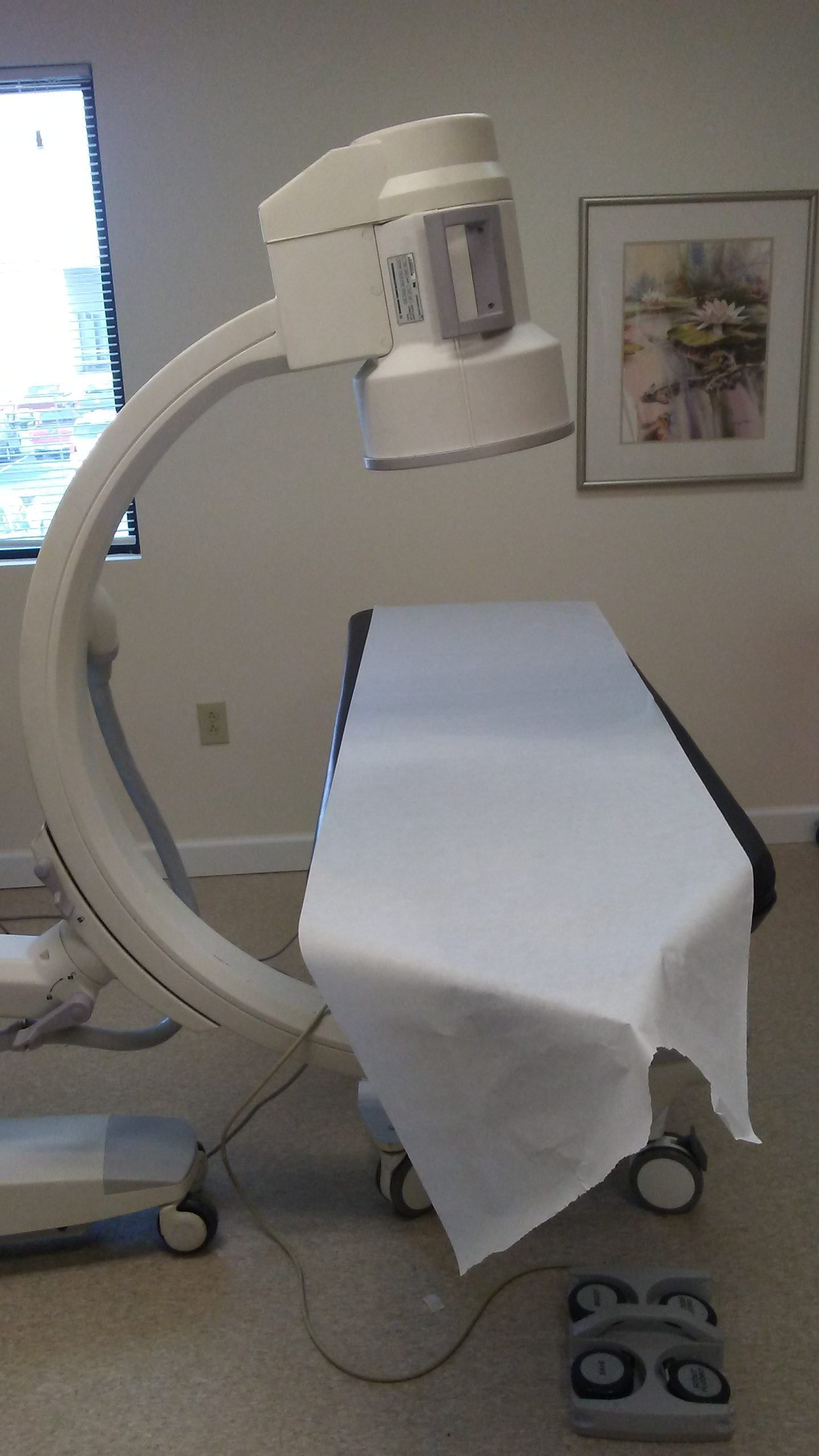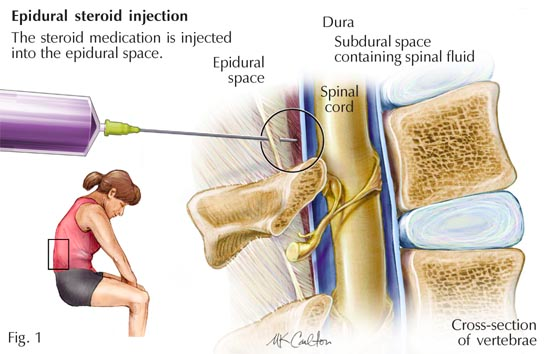I get asked about epidural injections very often so I decided to shoot this short video while on my comfy SumoLounge.
If you suffer from sciatica due to a herniated disc you may be introduced to epidural steroid injections (ESI) by your doctor. Epidural injections have become one of the most common procedures for low back pain associated with herniated discs and I often get asked if this is something that’s worth having done, how long it will last, and what are its side effects.
Patient Care
A conservative approach should come first when treating herniated discs and sciatica because the vast majority of people will see great improvement within 6 weeks or less with a rehabilitation program that’s specific to the cause of their pain.
How Do Epidural Injections Help Disc Herniations
When a disc herniates, it can put pressure on spinal nerves and cause sharp pain that travels down the leg(s), numbness, and tingling. Epidural injections are used because of their powerful anti-inflammatory properties believed to remove pressure off nerves.
The doctor will be aided by the use of a video fluoroscopy machine which is a “live” x-ray, that allows him/her to see exactly where to insert the steroid medication.

Video Fluoroscopy Machine
As you can see in the image below, the needle is inserted past the skin into an area called the epidural space. The dura is the sheath below the epidural space that covers the spinal cord. Everything in this area is very close and the margin of error is tiny.

Is The Pain Relief Permanent?
For the most part, the effects of epidural injections are short-lived. Some people feel relief for a couple of months and others only feel relief for a few days. The results vary from person to person but for the vast majority of people these injections are NOT effective for permanent pain relief.
The upside is that ESI’s can give patients some relief so that they can get started on a comprehensive physical therapy program and resume everyday activities with less pain.
Epidural Steroid Injection Risks
ESI’s are a minimally invasive procedures, however, there are risks involved and this is why it’s important to research and look for a medical professional with solid training in this procedure. If your doctor recommends this procedure, it is wise to ask him/her for an informed consent form stating any complications that may occur from this procedure. This is the same form you will be signing before you agree to the injection.
One side effect I’ve seen is an increase in pain. Other complications may include nerve injury, or an infection but those are rare.
Epidural Injections vs Other Treatment Options
When treating herniated discs and sciatica, your doctor should start with a conservative approach. These treatments should include chiropractic, physical therapy, massage therapy, acupuncture, etc. For the majority of people these treatments will provide significant relief.
If your symptoms are still not improving after giving these treatments a trial, then ESI’s and pain relievers should be used. Although ESI’s are not a cure for herniated discs, they are less risky than undergoing back surgery.
Opioids such as Percocet and Lortab, can become highly addictive and when abused, can cause death. In 2014, more 28,000 people died due to an opioid overdose. When you compare conservative treatments and ESI’s to surgery and opioids, the benefits of going the conservative route outweigh the risks.
Patient Responsibility
The bottom line is that you as the patient should be involved in making an informed decision about your health. You should ask your doctor questions and understand the treatment plan and options presented to you. Then go home and research some more.
Not everyone will need or benefit from epidural injections, but they may be helpful to reduce pain and inflammation so you can get back on your feet and start your way to recovery.
If you’re looking for a way to get rid of sciatica WITHOUT risky back surgery, painful injections, or addicting painkillers, make sure you check out our FREE online presentation, where you’ll learn the same 7 step process we use to treat sciatica naturally.







